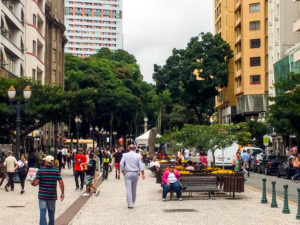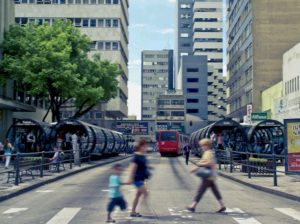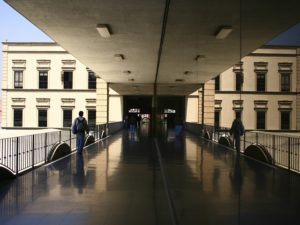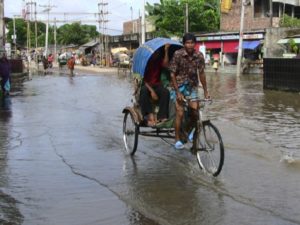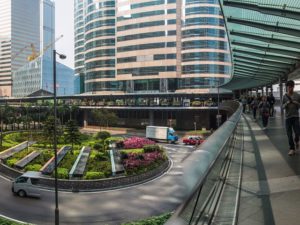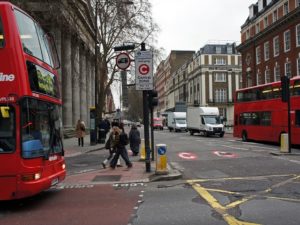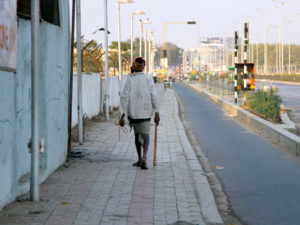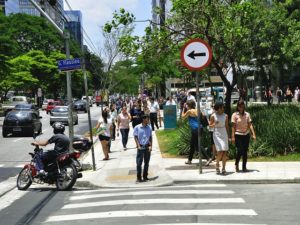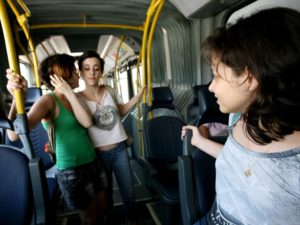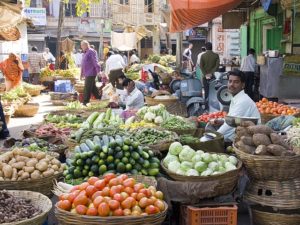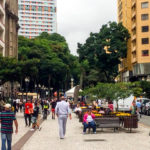
Nossa Cidade (“Our City”), from TheCityFix Brasil, explores critical questions for building more sustainable cities. Every month features a new theme. Leaning on the expertise of researchers and specialists at EMBARQ Brasil, the series will feature in depth articles on ...

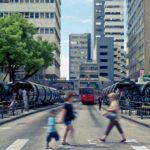
What are smart cities? While there isn’t a standard definition, consensus is growing around the idea that smart cities utilize technology to foster green development, innovation, and new forms of citizen participation. Smart cities currently enjoy a strong positive image, ...


Buildings are an important part of the sustainability picture for Mexico City. At least 20 percent of the city’s total greenhouse gas emissions come from buildings, with growth in coming decades expected to increase energy demand. This means that improving ...

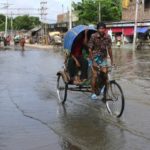
Cities in the 21st century face two monumental shifts: growing urban populations and a rapidly changing climate. As the world’s urban population nears five billion, cities will need to build more infrastructure in the first 30 years of this millennium ...

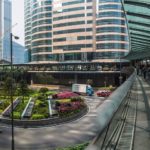
The rapid increase in car ownership in cities worldwide has brought conflicts between pedestrians and cars to center stage. Complete streets that accommodate all users not just are ideal in design, but have actually been successfully implemented in cities like ...

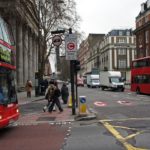
In 2003, London adopted a program of congestion pricing that now places a roughly $17 (£11.50) daily fee on motor vehicles entering central London. The effort was expected to reduce car traffic, air pollution, and emissions in the area, and ...

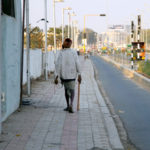
Developing countries are projected to gain 2.2 billion new urban residents between now and 2050. Governments and city leaders have a choice: they can develop cities that are sprawled and auto-dependent, or they can develop cities that are connected, compact, ...

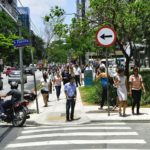
A century of car-centric urban development has left our cities polluted, congested, and searching for sustainable solutions. Transport Demand Management (TDM) strategies can provide these solutions by combining public policy and private sector innovation to reverse over-reliance on private cars. ...


Known for its beautiful natural landscapes, Christ the Redeemer statue, and Copacabana beach, Rio de Janeiro is an iconic city. Citizens’ ability to access these and local opportunities, though, has been limited in the past due to increased reliance on ...

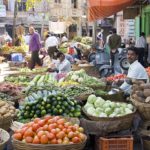
In the northern hemisphere, the days are growing longer and warmer, signaling the first day of spring. For many, it’s time to start sowing seeds, and for those in cities, it’s time to dig into community gardens. According to the ...

Page 110 of 337« First...1020...109110111...120130...Last »







